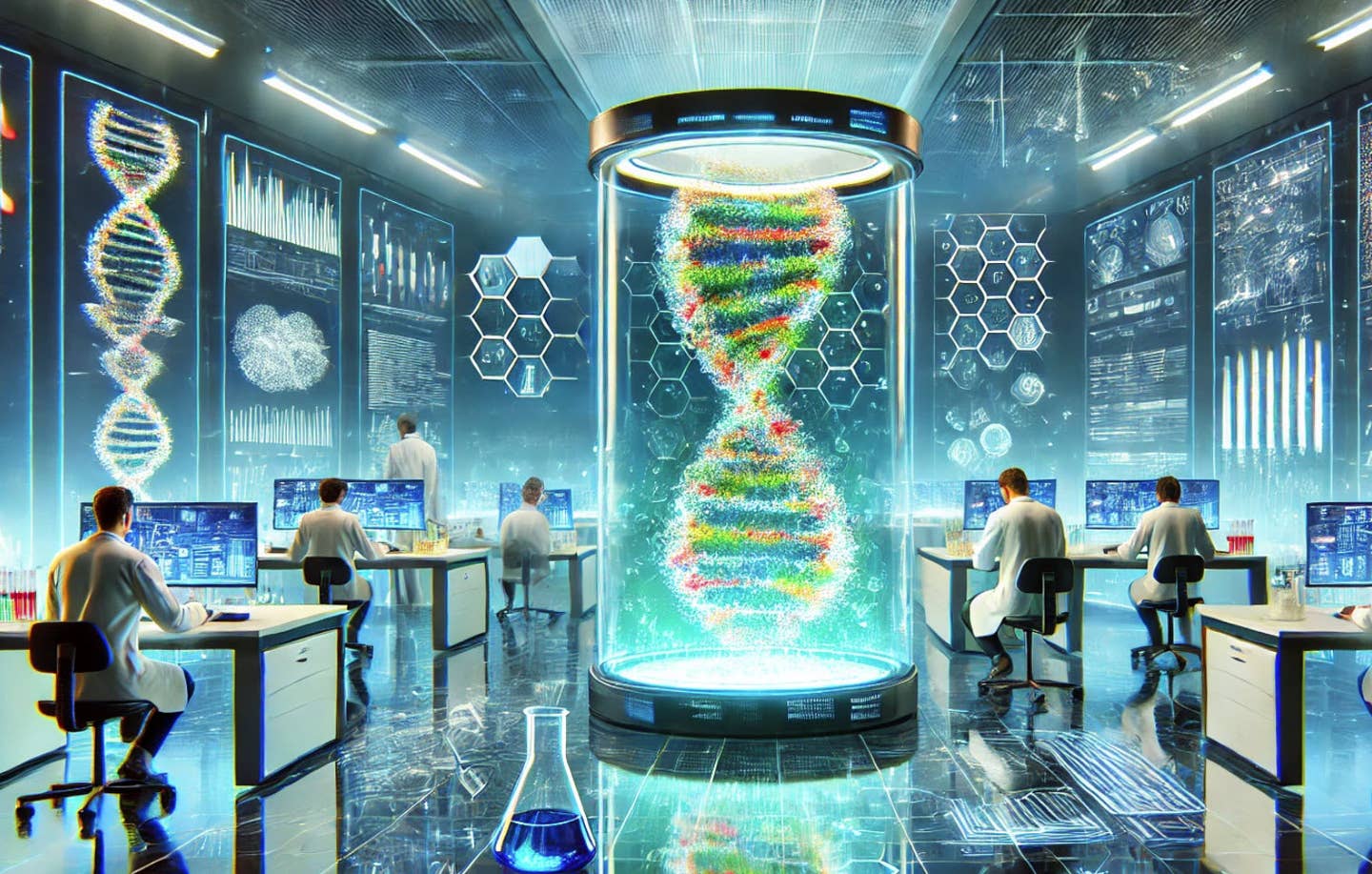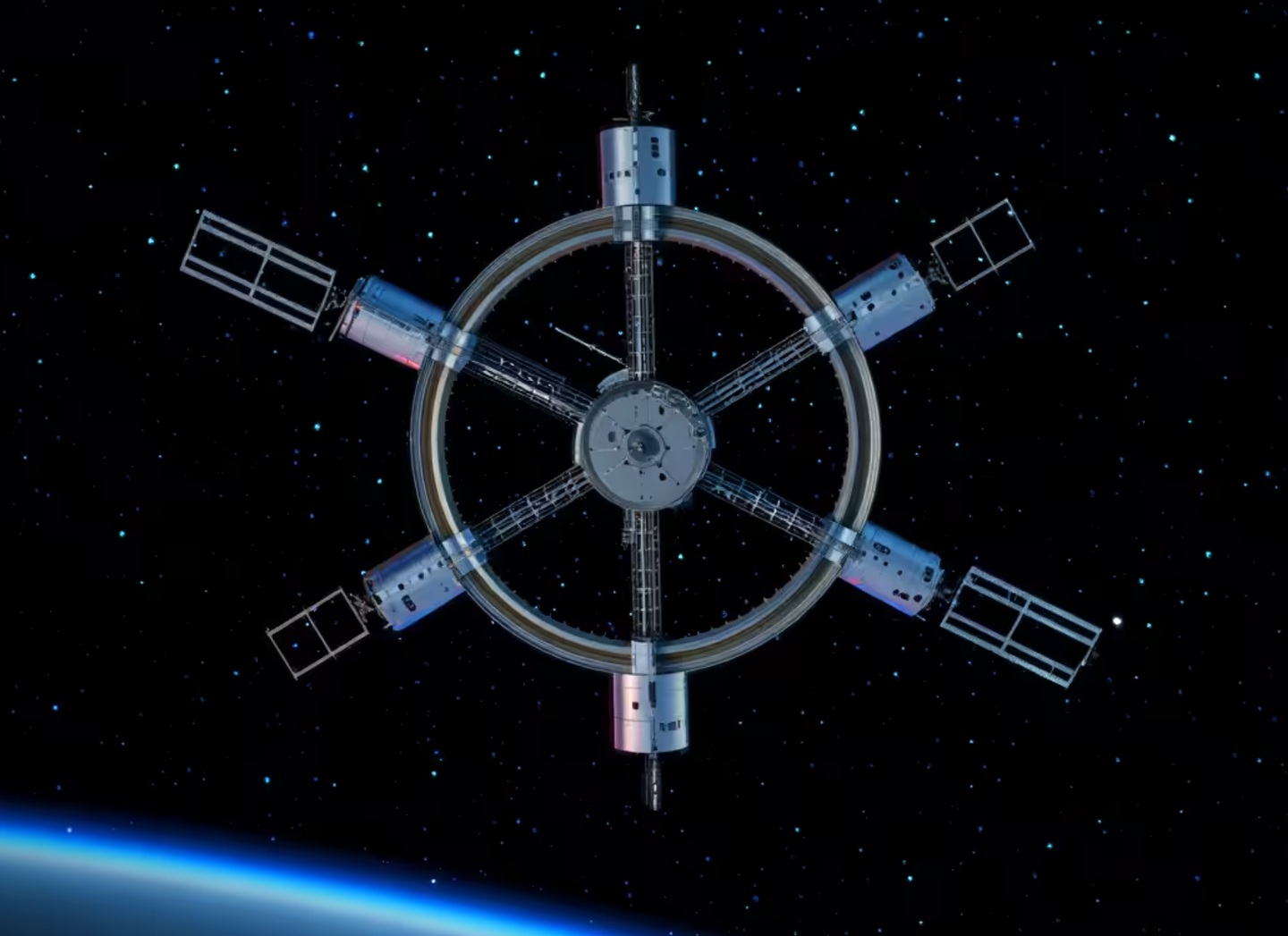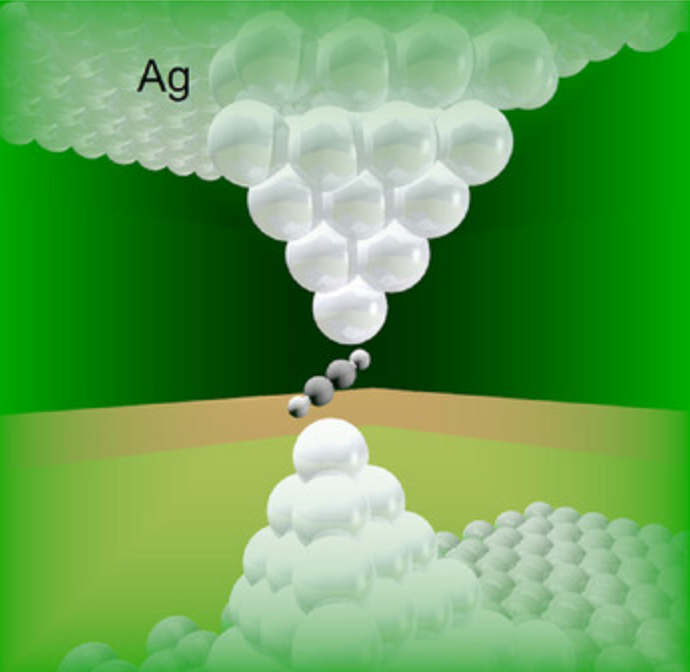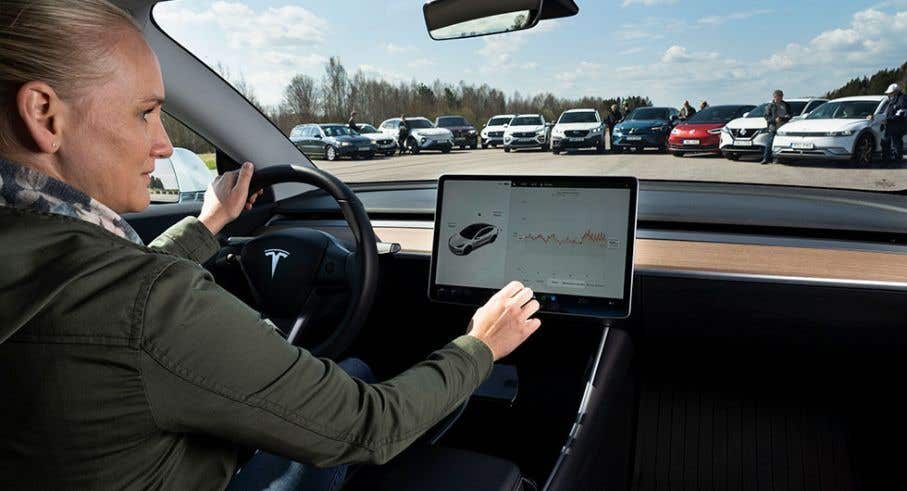Breakthrough DNA-based supercomputer runs 100 billion tasks at once
With the ability to support more than 100 billion unique circuits, this system could soon transform how we detect and diagnose disease.

Breakthrough DNA supercomputer processes 100 billion parallel operations.
(CREDIT: AI-Generated / CC BY-SA 4.0)
The boundaries of computing are shifting as biology fuses with technology. At the center of this new frontier is an emerging concept: a liquid computer powered by DNA. With the ability to support more than 100 billion unique circuits, this system could soon transform how we detect and diagnose disease.
While DNA is best known for encoding life, researchers are now exploring its potential as a computing tool. A team led by Dr. Fei Wang at Shanghai Jiao Tong University believes DNA can do much more than carry genetic instructions.
Their study, recently published in Nature, reveals how DNA molecules could become the core components of new computing systems. Rather than just holding genetic data, DNA could behave like wires, instructions, or even electrons inside biological circuits.
In a standard computer, electrons race along circuits etched into silicon chips. Each command relies on a complex network of predesigned paths. But Dr. Wang's group wanted to reimagine computing without silicon—and with biology at the helm.
They turned to short strands of DNA, combining them to form larger, functional structures. These structures acted like circuit parts—some behaved like wires, while others helped guide molecular paths to maintain stable connections.
Inside their lab, the team filled test tubes with DNA strands floating in a buffered liquid. When mixed, the strands reacted chemically, forming more complex molecules. Some were tagged with fluorescent dyes, allowing researchers to track their activity by observing the glowing outputs.
This work led to the creation of DNA-based programmable gate arrays, or DPGAs. Built from short, single strands of DNA, DPGAs are flexible and scalable. Each array can be programmed into more than 100 billion possible circuit designs by adding specific molecular "keys."
Related Stories
Advances in DNA-Driven Programmable Array Technologies
In one trial, the team used about 500 DNA strands to link three DPGAs. Together, the circuits solved quadratic equations. A separate setup calculated square roots. Input molecules acted like electrical currents, triggering chemical reactions inside the circuit.
As these reactions unfolded, they produced output molecules that glowed under fluorescence. By reading the light patterns, the team could decode the answers—just like reading results from an ordinary computer, but powered entirely by chemistry.
This innovative approach draws inspiration from field-programmable gate arrays (FPGAs) in silicon-based computing. FPGAs enable reconfiguration of circuits for diverse applications. Similarly, DPGAs offer programmability and scalability but operate within liquid-phase environments.
Unlike traditional circuits, where electrons move directionally, biomolecular components in liquid DNA systems diffuse and mix randomly, posing unique challenges. The researchers overcame these hurdles by introducing spatial compartmentalization to enhance directionality and scalability.
Revolutionizing Medical Diagnostics
While mathematical computations demonstrate the potential of DNA-based computing, its most transformative application lies in medical diagnostics.
Dr. Wang’s team developed a DPGA capable of distinguishing between different small RNA molecules, including those associated with renal cancer. This achievement underscores the potential for DNA computing in detecting disease at the molecular level.
DNA’s inherent compatibility with biological systems makes it a natural fit for medical diagnostics. “DPGA-based diagnostic devices would be highly parallel and energy-efficient,” Dr. Wang explained. By harnessing DNA’s ability to interact with biological molecules, these circuits can perform intelligent diagnostics, identifying disease markers in complex biological samples.
For example, the team’s diagnostic circuit processed molecular inputs from RNA samples and identified the presence of cancer-related molecules through chemical reactions. The results were encoded in fluorescent signals, offering a straightforward method for detection. This capability positions DNA circuits as tools for real-time disease monitoring and personalized medicine.
Despite the groundbreaking achievements, DNA computing remains in its early stages. Challenges such as random molecular collisions and scalability limitations need to be addressed. Current DNA systems, while programmable, require further refinement to match the versatility of electronic circuits.
However, the potential applications are vast. DNA circuits could revolutionize healthcare by enabling seamless disease detection. Imagine a diagnostic device capable of identifying diseases from a simple blood or saliva sample based on the glow of molecules. This technology could pave the way for minimally invasive, efficient, and accurate diagnostics, transforming medical practices worldwide.
Dr. Wang remains optimistic about the future of DNA computing. He envisions a time when DPGA technology will enable intelligent diagnostic tools embedded within living systems. Such advancements could detect diseases at their earliest stages, offering unprecedented opportunities for intervention.
A Glimpse into the Future
The convergence of biology and electronics offers a glimpse into the future of computing and healthcare. As scientists continue to push the boundaries of DNA computing, its applications may extend beyond medicine to fields such as environmental monitoring, synthetic biology, and artificial intelligence.
This innovative technology represents a paradigm shift in computation, leveraging the properties of DNA to solve complex problems in ways traditional systems cannot. With continued research, DNA-based programmable arrays could redefine the landscape of diagnostics, computation, and beyond.
Dr. Wang’s work exemplifies the transformative potential of interdisciplinary research. By combining principles of biology, chemistry, and computer science, his team has opened new avenues for innovation.
As the technology matures, its impact could be profound, offering solutions to some of humanity’s most pressing challenges.
Note: Materials provided above by The Brighter Side of News. Content may be edited for style and length.
Like these kind of feel good stories? Get The Brighter Side of News' newsletter.



